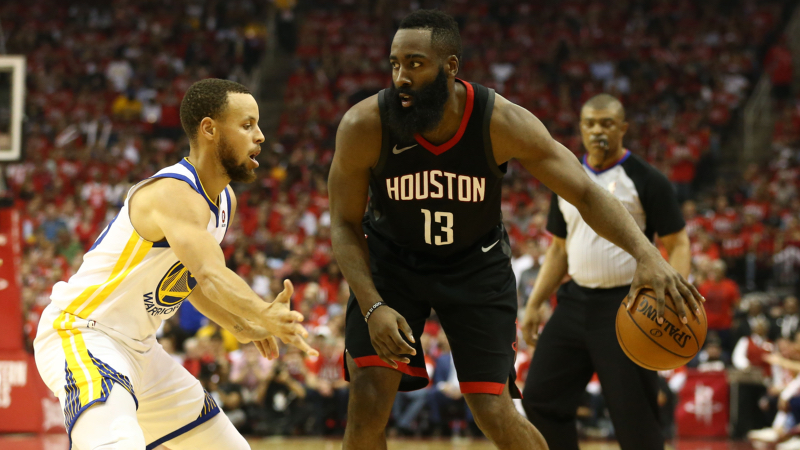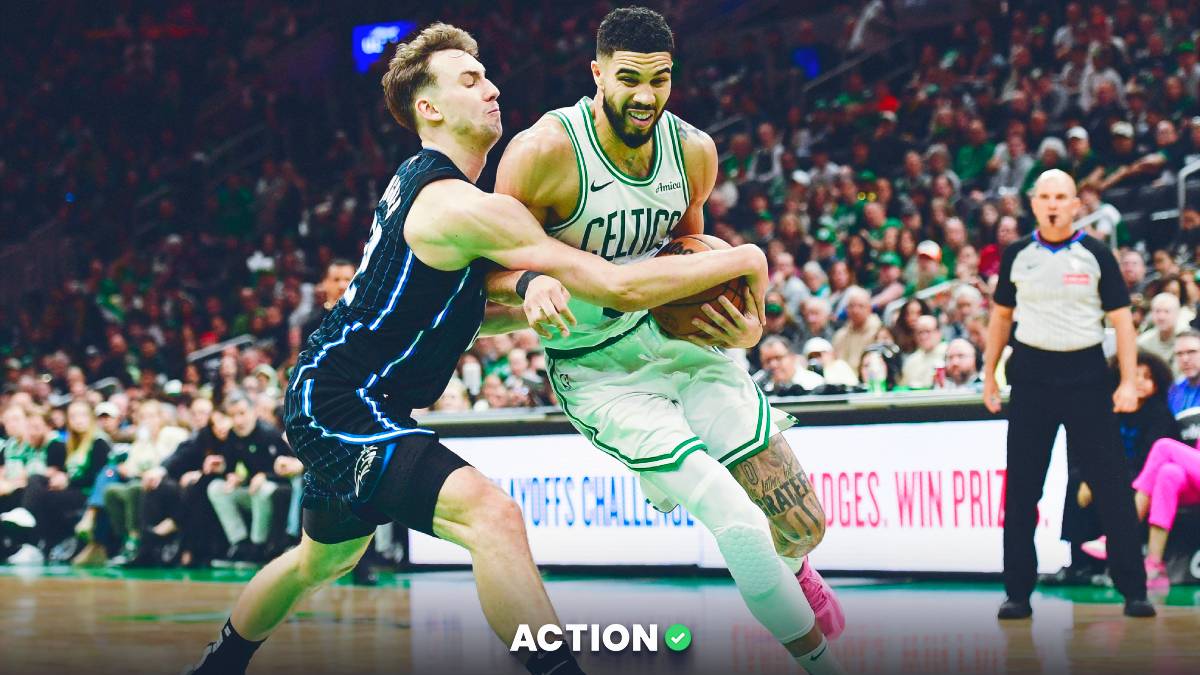The Boston Celtics overcame a 42-point triple-double from LeBron James to down the Cleveland Cavaliers, 107-94, on Tuesday. The King and the other Cavaliers are now in an 0-2 hole. Game 3 (Saturday 8:30 p.m. ET) is a must-win for the Cavs as the series shifts to Cleveland.
After back-to-back Boston wins and consecutive covers, casual bettors are buying the C’s. Boston opened as a 5-point underdog in Game 3, and 81% of bettors think Brad Stevens' crew can cash another ticket. (You can find live betting percentages here.)
Despite this wave of public money, the line hasn't moved. In fact, Cleveland has become a bigger favorite (Cavs -6.5). When a majority of spread bets are on one team but the line swings in the other direction, it is called reverse line movement (RLM).
Reverse line movement is an indication of sharp money. Savvy bettors who snagged Cleveland -5 when the line opened are sitting pretty. For everyone else, following the RLM could be dangerous.
According to Bet Labs, teams getting fewer than 50% of spread bets in the regular season but see the line head in their direction have gone 2,799-2,807-106 (49.9%) ATS since 2005. It has not been profitable to blindly follow reverse line movement in the regular season.
Does this trend hold in the playoffs?
Since 2005, bettors following reverse line movement have gone 158-158-8 (50%) ATS in the postseason. There is no edge, unless we look at games with lopsided action. Teams receiving 40% or fewer of spread bets and see the line move by at least a 0.5 point their way are 65-52-2 (56%) ATS. This system improves further when we bet favorites:
Favorites with reverse line movement are 32-18-2 (64%) ATS in the playoffs. The results look great, but it’s a small sample. When dealing with small samples we need a theory explaining why the system will continue to be profitable and produce consistent year-to-year results before wagering on game matches.
It has been profitable to fade the public and follow reverse line movement in the playoffs, even though this is not a successful strategy in the regular season, because of increased action. With fewer games, each postseason matchup receives more square bets. Casual bettors pounding a game help to create value for favorites even after the line moves.
The small sample size has not kept this system from being consistent — only twice has it finished a playoff run below 50% ATS. And since 2012, this system is 11-5 (69%) ATS.
Recreational bettors like Boston to cover for a third time, but the pros are on Cleveland. I’m playing the Cavs in Game 3 even though I missed out on the early line movement.

















































